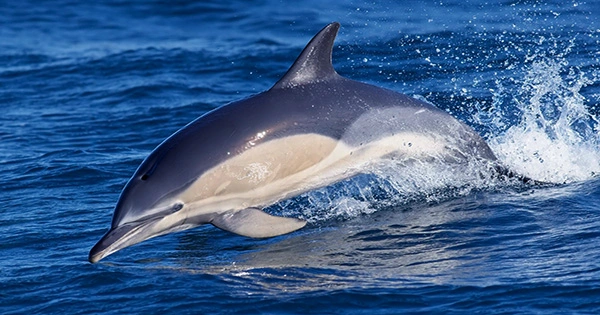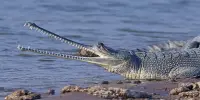Following its invasion of Ukraine, Russia appears to have deployed trained military dolphins. The US Naval Institute (USNI) has evaluated satellite photos and concluded that Russia has assigned the military dolphins the responsibility of guarding its Black Sea naval facility. Two dolphin enclosures were brought near the entrance to Sevastopol harbor in February at the outset of the assault, according to USNI. The USNI believes the dolphins are there to protect the facility from diver activities, which is critical considering its location on the southern tip of the Russian-controlled Crimean Peninsula.
The base’s ships are out of range of Ukrainian missiles, but they might be vulnerable to underwater sabotage, necessitating the use of trained dolphins. During the Cold War, both the United States and the Soviet Union began training military dolphins (and sea lions for the US, and belugas for the USSR).
The dolphins were captured by the Ukrainian military after the demise of the Soviet Union, before being returned to Russia after Moscow claimed Crimea in 2014. Ukraine attempted to reclaim the dolphins, but Russia refused and has subsequently attempted to extend the program. “Our experts created new systems that turn underwater sonar detection of targets by dolphins into a signal for the operator’s monitor. Because the Ukrainian navy lacked the funding to acquire such expertise, certain projects had to be shelved “According to The Guardian, a Russian source stated.
Many of the dolphins, according to Ukraine, refused to defect to Russia, went on hunger strike, and died “patriotically.” Russia is known to utilize beluga whales in the Arctic, as well as dolphins, due to their appropriateness for frigid climates. Hvaldimir, a beluga said to have been freed from captivity in Russia, became popular in 2019 after being observed “playing fetch” with a rugby ball.
The beluga approached a fishing boat wearing a harness with the words “Equipment of St Petersburg” imprinted on it, leading to assumption that it was a Russian spy whale with a camera mounted on its harness. “We know that domestic whales have been kept in captivity in Russia, and that some of these have been released. Professor Audun Rikardsen of the Arctic University of Norway told NRK at the time that “then they typically seek for vessels.”
“If this whale is Russian, which there is good reason to assume it is, then the navy, not Russian scientists, is to blame,” Martin Biuw of the Institute for Marine Research remarked. Unfortunately, Hvaldimir did not do well after being released by the Russian military, and as it sought to survive without human care, it lost a lot of weight. The whale, which is currently in the care of Norway’s Directorate of Fisheries, has made tremendous physical progress since then. However, because of its proclivity for seeking out boats, it has been injured by propellers on multiple occasions.
















